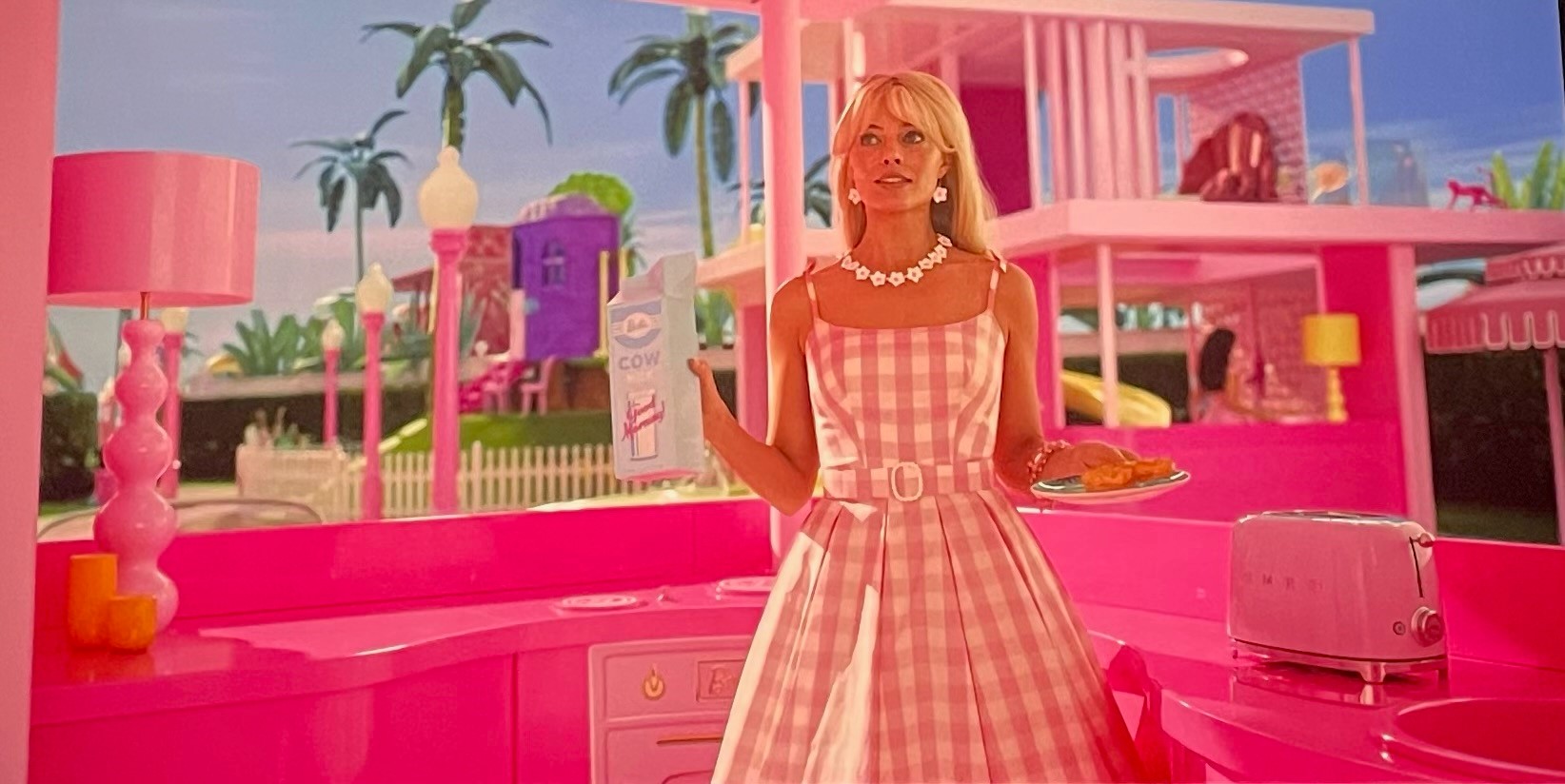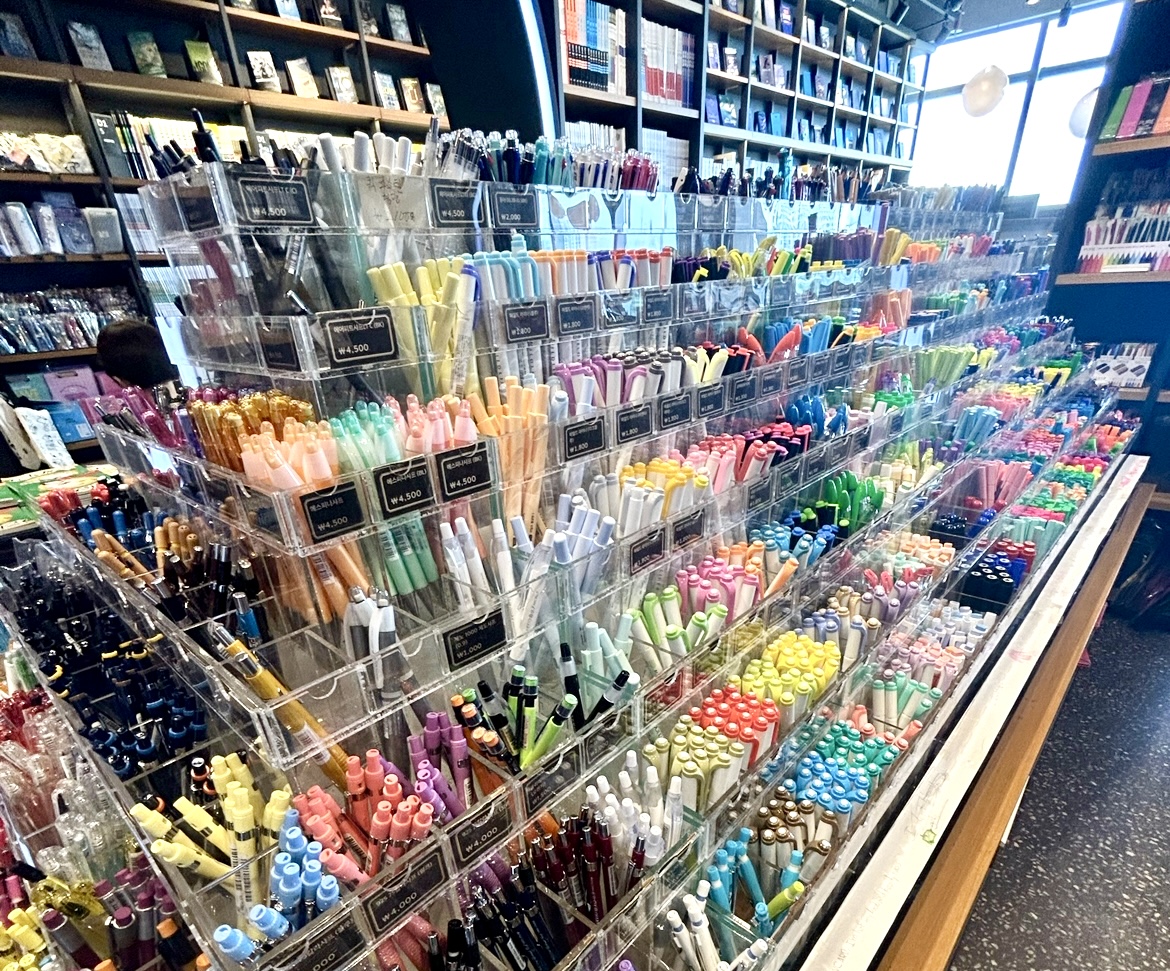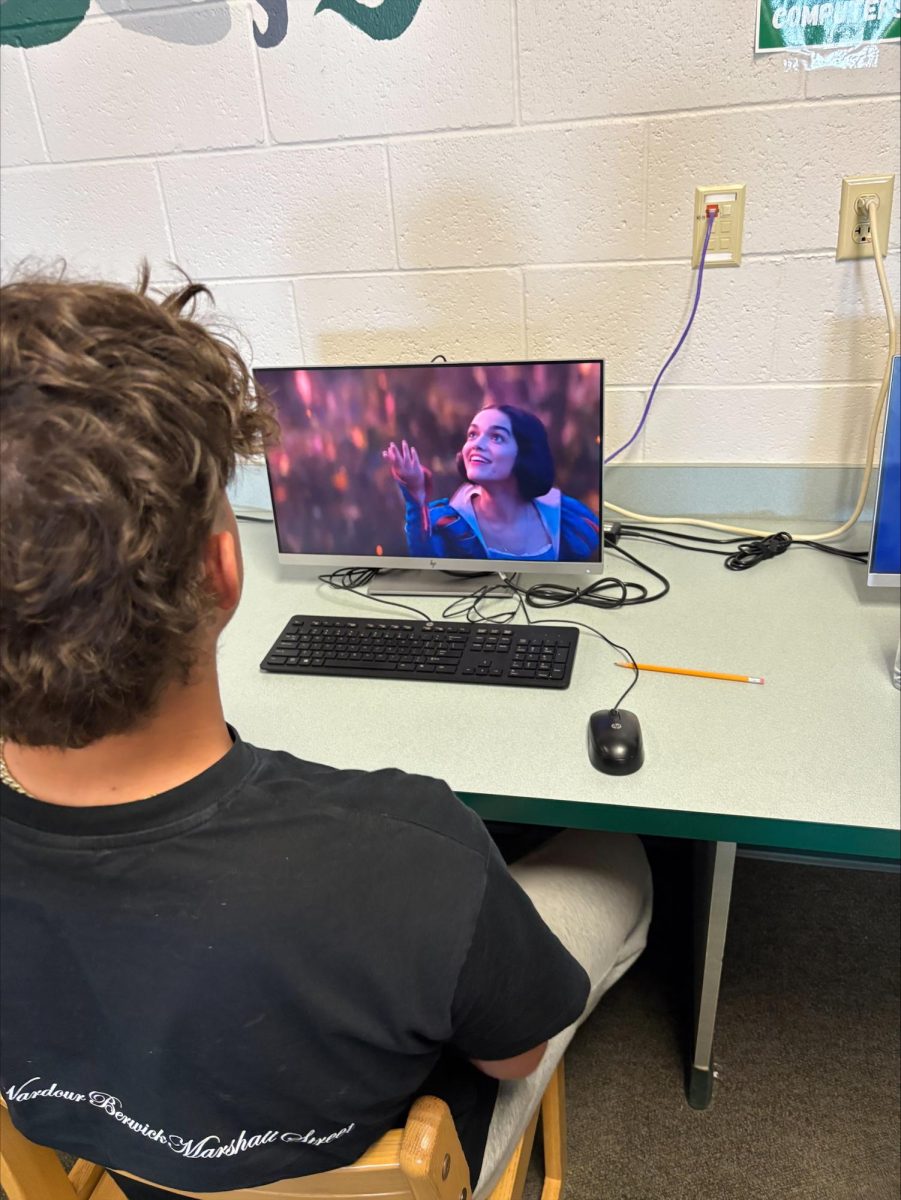“Barbie” took the world by storm, reeling in $1.03 billion globally. Directed by outspoken feminist, Greta Gerwig, “Barbie” did not sit well with viewers who did not agree with the said anti-male agenda being pushed forth. Critics of the movie argue that it took a swing at traditional family values and portrayed men in a negative light.
In Barbieland, the Kens are depicted as airheads who have no purpose other than to be armpieces to the Barbies—who, by the way, were presidents, astronauts and members of the Supreme Court. One would be hard-pressed to find a single positive masculine quality presented in the film.
Once the Kens “transformed” Barbieland into their own utopia, masculinity was portrayed as toxic in every respect. The Kens only cared about going to the gym, drinking booze and objectifying women.
For a movie advertised as a film for all audiences, the movie failed to represent the large populations of good men who freely choose to care and provide for their families.
In the movie’s “Real World”, the main villain is the board members of the Mattel Toy Company—all of whom are depicted as males who lack enough brain cells to treat people with respect or make educated decisions. In reality, Ruth Handler, a woman, was the CEO of the company for 30 years and there are currently an almost equal ratio of men to women on the board. However, that narrative would not have supported the agenda of filmmakers, so it was overlooked in order to make all the heroes females and all the big, bad villains male.
“I think [‘Barbie’] was mainly trying to put down men in order to put up women,” said senior Sicily Bryson. “In reality, they should be working hand in hand.”
There is no denying that the Barbie movie was very visually appealing and entertaining to many audiences. Some female viewers even felt empowered by the way gender roles were portrayed. Even so, it may be important for society to consider whether the narratives presented are fully true and beneficial before accepting them.








